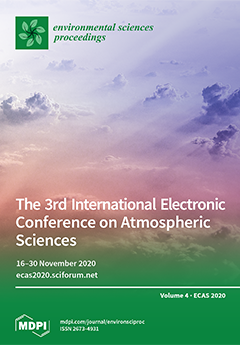To meet the incoming growth of the world’s food needs, and the demands of climate change, the agricultural sector will be forced to adapt its practices. To do so, the contribution of agricultural fields to greenhouse gas emissions, as well as the impact—on
[...] Read more.
To meet the incoming growth of the world’s food needs, and the demands of climate change, the agricultural sector will be forced to adapt its practices. To do so, the contribution of agricultural fields to greenhouse gas emissions, as well as the impact—on soil, climate and productions—of certain agricultural practices have to be known. In this study, the SAFY-CO
2 crop model is driven by remote sensing products in order to estimate CO
2 fluxes on the main crop rotation observed in the study area, i.e., winter wheat followed by sunflower. Different modeling scenarios are tested, particularly for intercropping periods, the approach being validated locally, thanks to eddy covariance flux measurements, and then applied regionally. Results showed that the model was able to reproduce crop production with high accuracy (rRMSE of 21% and 24% for winter wheat and sunflower yield, respectively) as well as daily net CO
2 flux (RMSE of 1.29 and 0.97 gC.m
−2.d
−1 for winter wheat and sunflower respectively). Moreover, the tested modeling scenarios highlight the importance of taking the regrowth events into account for assessing accurate carbon budgets. In a perspective of large-scale application, the model was upscaled over more than 100 plots, allowing discussion of the effect of regrowth on carbon uptake.
Full article



